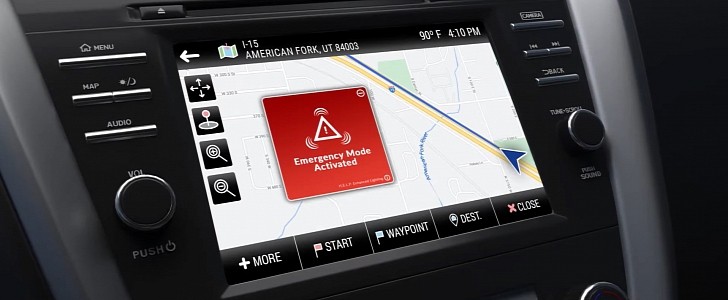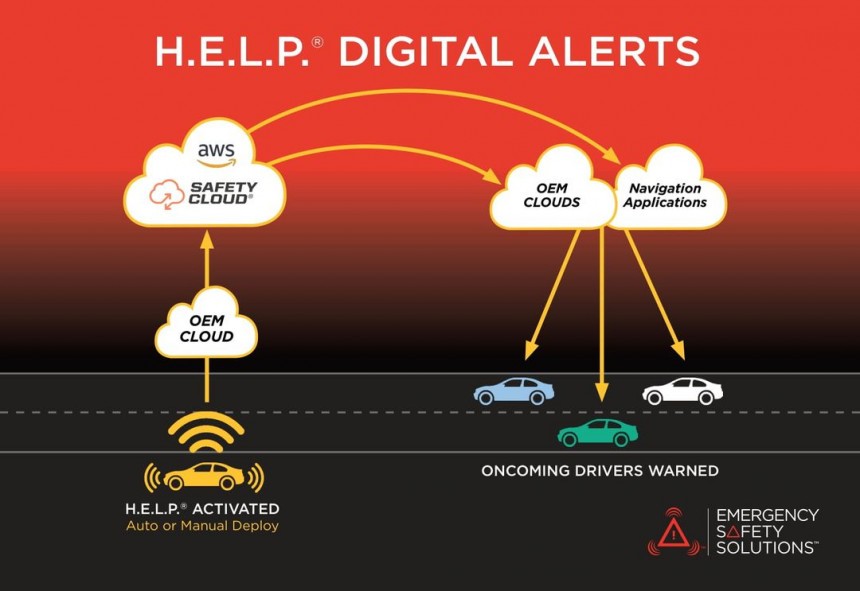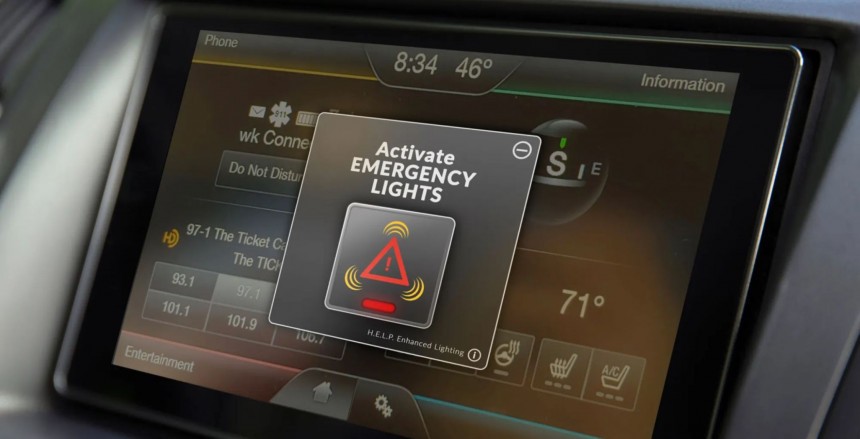Tesla will become the first automaker to implement the H.E.L.P. (Hazard Enhanced Location Protocol) technology. Designed by Emergency Safety Solutions (ESS), it aims to help prevent crashes into disabled and vulnerable vehicles.
ESS is an American company with the mission of reducing the number of preventable deaths and injuries on a global level. In the U.S., more than 200 avoidable crashes involving disabled or stationary vehicles happen on a daily basis, that’s one every 7 minutes. The company is looking to save lives by using the H.E.L.P. technology.
A 2020 study concluded, based on 11 years of government crash data, that these types of crashes have been increasing by nearly 10% each year. Over 72,000 people are affected in the U.S. yearly, with 15,000 injured or killed. The injuries and deaths translate to a societal cost of around 9$ billion. Minor issues such as flat tires or fender benders usually lead to drivers stopping on the side of the road, which puts them at risk of accidents with other drivers. Unfortunately, a minor inconvenience can result in a full-on tragedy.
The current technology used to signal the presence of stopped vehicles is outdated, as hazard lights have been in use for around 70 years, and traffic has evolved much since then. Moreover, the reflective warning triangle is usually not enough to signal the stopped vehicle.
So, how does H.E.L.P. work? It provides two types of effective communication to bring visibility to your disabled vehicle – the Lighting Alerts are an emergency-based lighting output that makes your emergency situation known to other road users, and the Digital Alerts are sent to oncoming vehicles using a navigation or mapping application and in-vehicle displays.
The Lighting Alerts are an addition to the standard hazard lighting system. In comparison, this technology features faster and sharper flash rates, which are sure to grab other drivers' attention. Its emergency mode activation occurs as soon as the system identifies a collision, such as when the airbags are deployed. It can also be triggered by other events such as a tire blowout, a rollover, a driveline failure, or when your Autonomous Driving System is trying to bring you to a “safe stop.” Moreover, you can manually activate it when your vehicle is stationary and in park.
The Digital Alerts automatically notify oncoming drivers when you’re faced with a vulnerable situation, offering you an additional layer of security. They make other road users aware by sending out notifications around 10-15 seconds of drive time in advance to ensure you’re fully protected. The alerts are designed to work with OEM and third-party traffic data providers.
As ESS is tackling this road safety issue, it knows that policy also needs to be tackled to ensure the effective use of its technology. The state and federal governments, NGOs, and the public need to support adoption in order to prevent tragedies. That’s why the company advocated for updates to the State Move Over Laws across the country.
Yesterday, ESS announced it signed a global agreement with Tesla to deploy H.E.L.P. in its vehicles, marking the first passenger vehicle implementation of the technology. Tom Metzger, CEO of ESS, said, “Tesla is a leader in bringing first-time innovation to passenger vehicles and is leading the way by implementing H.E.L.P. technology on potentially millions of Tesla vehicles worldwide. It’s a monumental step in the effort to overcome the troubling safety issue of crashes into disabled and vulnerable vehicles, which tragically injure or kill tens of thousands around the world each year.”
The giant automaker will first deploy the safety system in North America, and it will do so by pushing it via an OTA (over-the-air) software update.
A 2020 study concluded, based on 11 years of government crash data, that these types of crashes have been increasing by nearly 10% each year. Over 72,000 people are affected in the U.S. yearly, with 15,000 injured or killed. The injuries and deaths translate to a societal cost of around 9$ billion. Minor issues such as flat tires or fender benders usually lead to drivers stopping on the side of the road, which puts them at risk of accidents with other drivers. Unfortunately, a minor inconvenience can result in a full-on tragedy.
The current technology used to signal the presence of stopped vehicles is outdated, as hazard lights have been in use for around 70 years, and traffic has evolved much since then. Moreover, the reflective warning triangle is usually not enough to signal the stopped vehicle.
The Lighting Alerts are an addition to the standard hazard lighting system. In comparison, this technology features faster and sharper flash rates, which are sure to grab other drivers' attention. Its emergency mode activation occurs as soon as the system identifies a collision, such as when the airbags are deployed. It can also be triggered by other events such as a tire blowout, a rollover, a driveline failure, or when your Autonomous Driving System is trying to bring you to a “safe stop.” Moreover, you can manually activate it when your vehicle is stationary and in park.
The Digital Alerts automatically notify oncoming drivers when you’re faced with a vulnerable situation, offering you an additional layer of security. They make other road users aware by sending out notifications around 10-15 seconds of drive time in advance to ensure you’re fully protected. The alerts are designed to work with OEM and third-party traffic data providers.
Yesterday, ESS announced it signed a global agreement with Tesla to deploy H.E.L.P. in its vehicles, marking the first passenger vehicle implementation of the technology. Tom Metzger, CEO of ESS, said, “Tesla is a leader in bringing first-time innovation to passenger vehicles and is leading the way by implementing H.E.L.P. technology on potentially millions of Tesla vehicles worldwide. It’s a monumental step in the effort to overcome the troubling safety issue of crashes into disabled and vulnerable vehicles, which tragically injure or kill tens of thousands around the world each year.”
The giant automaker will first deploy the safety system in North America, and it will do so by pushing it via an OTA (over-the-air) software update.










